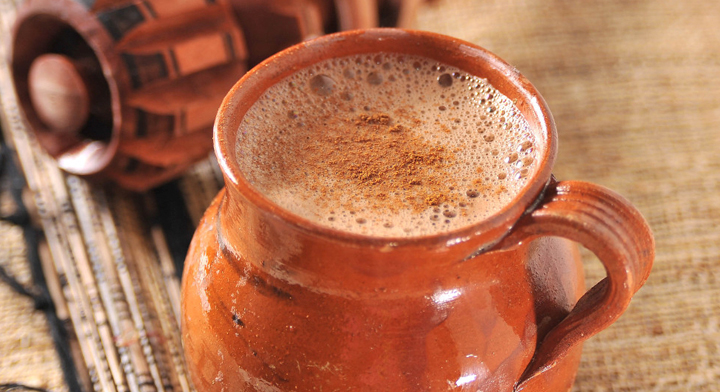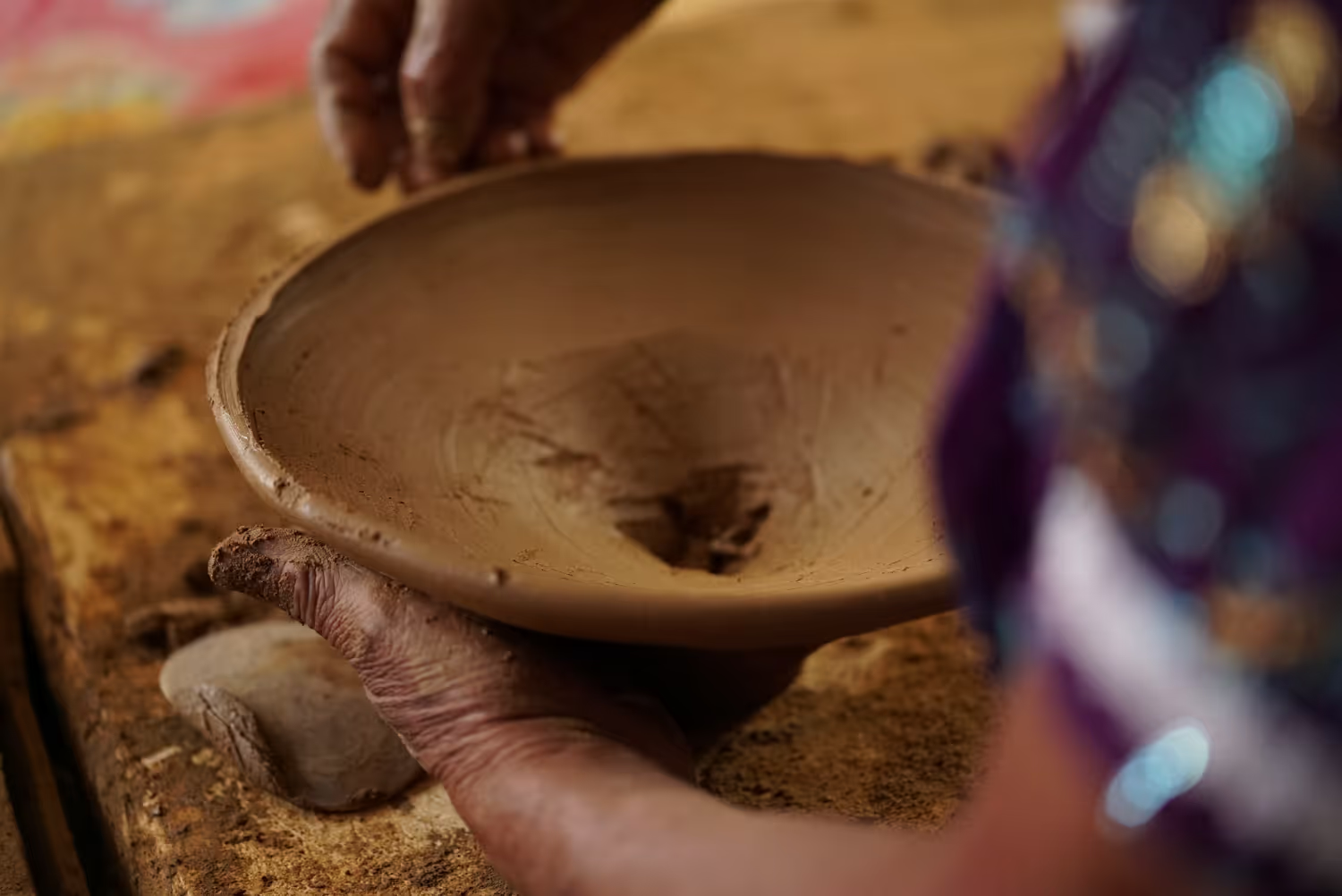Complete guide: Visiting Teotihuacan




Tailor made for you.
Is This Your First Time in Mexico City? If you're planning to visit this incredible city, make sure to take a trip to Teotihuacán. Just a short distance from Mexico City and other major hubs like Puebla and Pachuca, Teotihuacán draws countless visitors with its imposing structures and historical significance. To help you plan, here’s our guide to Teotihuacán, packed with up-to-date information on how to get there, where to eat, and essential tips on its history.
Facts and History of Teotihuacán
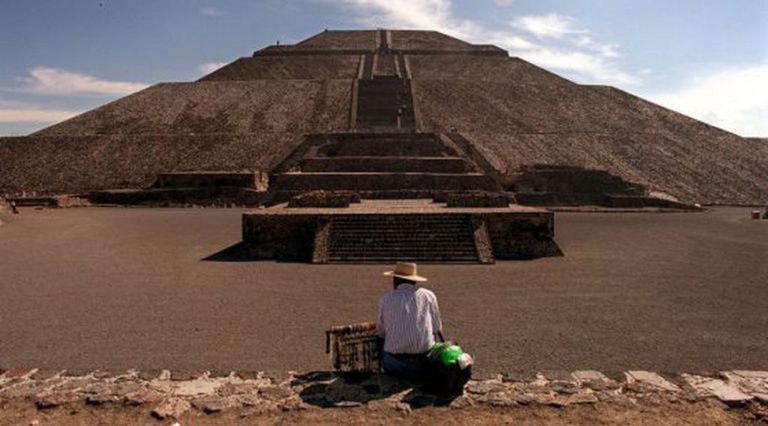
Teotihuacán's allure lies in its rich history. Known as the “City of the Gods,” it was one of the largest Mesoamerican cities, estimated to have had a population of around 100,000. Although who built and lived here remains a mystery, the city’s partially burned state at the end of its era leaves room for intrigue.
Archaeologists believe Teotihuacán was home to a diversity of ethnic and linguistic groups, serving as a cultural, artistic, and religious center. When the Aztecs arrived in the Valley of Mexico in the early 14th century, they found this grand city in ruins and attributed it to divine beings, calling it Teotihuacán, “the City of the Gods.” Today, Teotihuacán is part of UNESCO’s World Heritage List.
Having been closed briefly in 2020, Teotihuacán is open again, and with this guide, you’ll be ready to experience this amazing archaeological site with Rutopía.
Pyramids and temples of Teotihuacán to visit
Start your tour at the Pyramid of the Sun and the Pyramid of the Moon before they fill up with visitors, and explore the Avenue of the Dead and other temples. Here are the must-see sites at Teotihuacán:
Avenue of the Dead
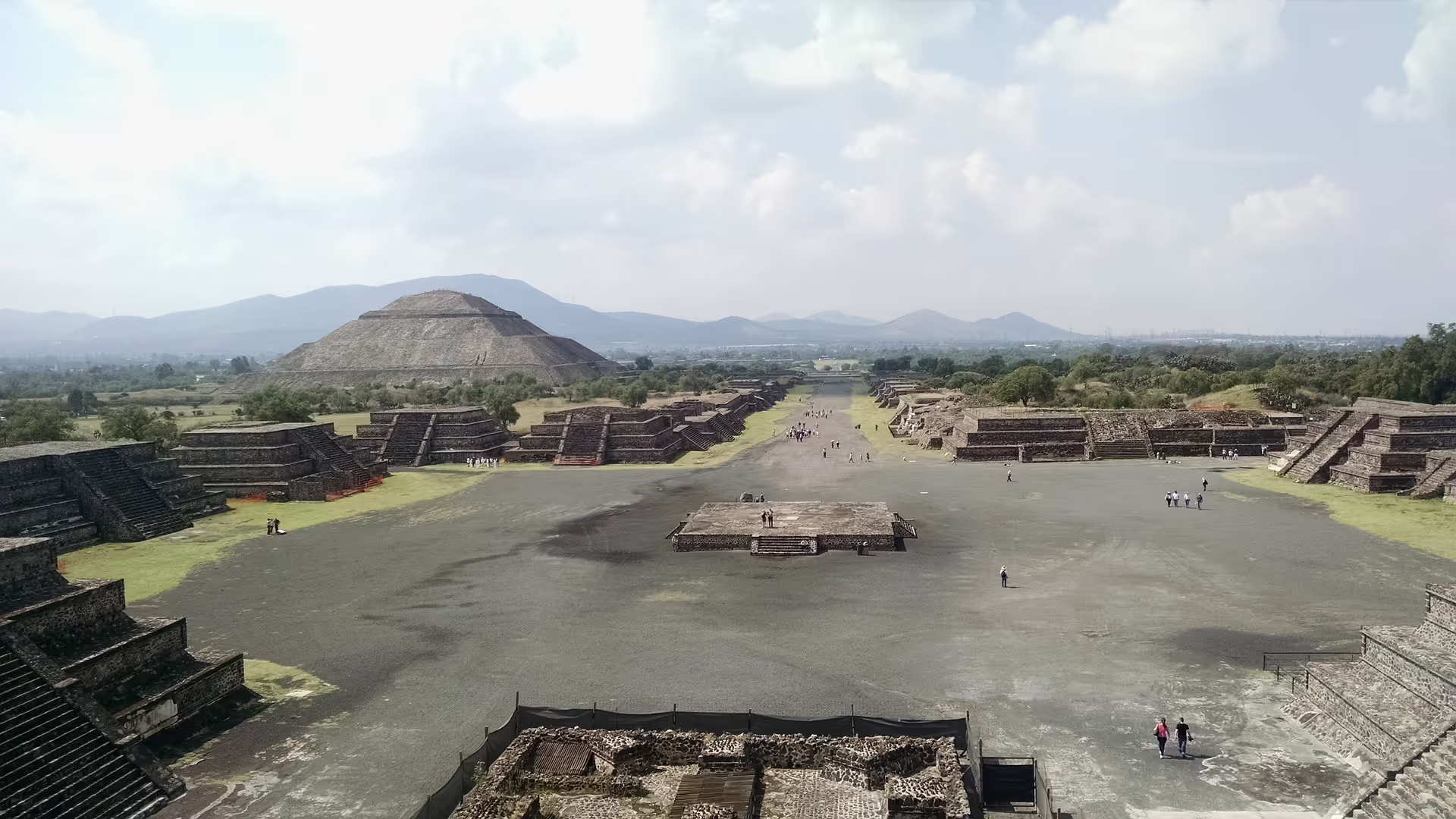
Robtowne0 – Pixabay
Stretching 2.5 km from the Temple of Quetzalcoatl to the Pyramid of the Moon, the Avenue of the Dead was believed to be the path of those sacrificed in the pyramids. It’s lined with plazas and temples, ending in the north with the Pyramid of the Moon and the massive Pyramid of the Sun to the west.
Pyramid of the Sun

At 64 meters high, the Pyramid of the Sun is the third tallest pyramid in the world, after Cheops and Cholula. Built in six layers with a cave underneath—thought to represent a passage to the underworld—the pyramid’s construction required approximately 14,000 workers. Although climbing is currently restricted, this pyramid remains a highlight, especially during the equinoxes, when visitors historically gathered to recharge their energy.
Pyramid of the Moon

Standing on higher ground, the Pyramid of the Moon offers the best panoramic view of Teotihuacan. It’s 43 meters tall and believed to have been a site for rituals and sacrifices in honor of the Great Goddess of Teotihuacán, associated with water, fertility, earth, and creation.
The Citadel
Located at the southern end of the Avenue of the Dead, the Citadel is a large courtyard complex that includes the Temple of Quetzalcoatl. This area held great cultural, political, and economic importance, housing Teotihuacán's elite.
Temple of the Feathered Serpent

Erika Falco – Pixabay
The Temple of Quetzalcoatl, or Temple of the Feathered Serpent, receives its name from the serpent heads carved on the pyramid’s sides. There is also another carved figure, believed to be Tlaloc (god of rain), and snails and shells, both symbols of water. The feathered serpent heads represent life and peace. Archaeologists believe the other snakeheads symbolize war. The history of this pyramid is fascinating since it functioned as a center for human sacrifices in the past. As proof, the remains of more than 200 sacrifices that archaeologists found at the site, which you can see a representation of in the Museum Teotihuacán Culture.
Temple of Quetzalpapalotl
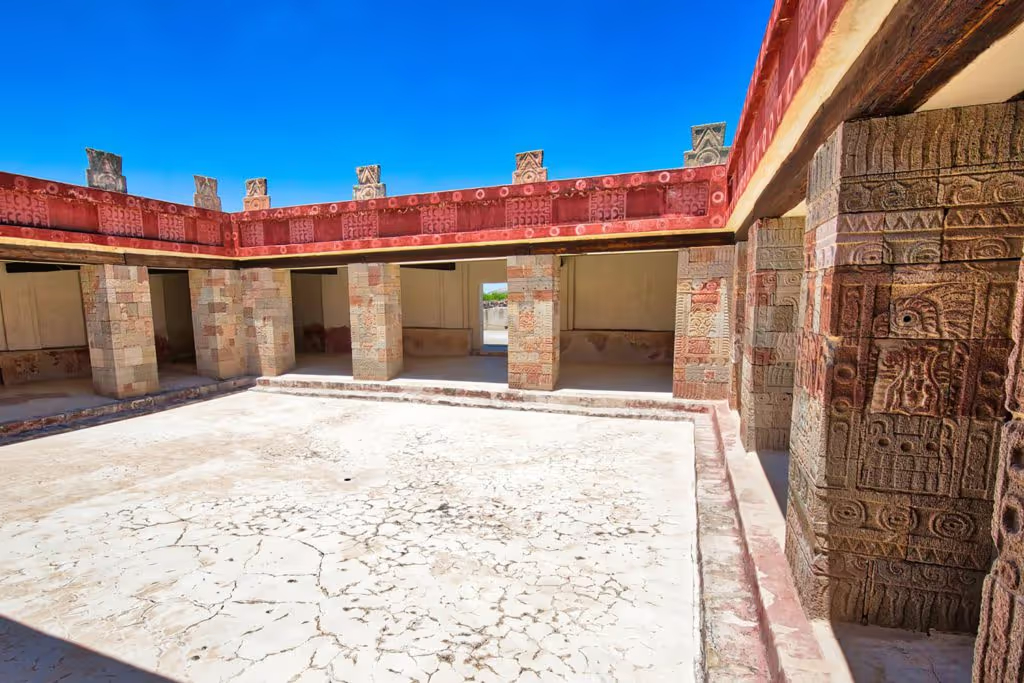
Eskystudio – Shutterstock
At the foot of the Pyramid of the Moon, you can tour the ruins of the Temple of Quetzalpapalotl. It is small but worth a visit. Most impressive are the paintings and engravings, as several walls and pillars depict butterflies and quetzal feathers. The name of the Temple means “butterfly-quetzal.” Its function is unclear, but it could have been the home of a high-ranking priest, given its location next to the temples.
Temple of the Feathered Snails
Inside the Palace of Quetzalpapalotl is this well-preserved Temple with a large, beautifully decorated mural.
Palace of the Jaguars
Behind the Temple of Quetzalpapalotl is the Palace of the Jaguars, which features murals of feathered felines and the rain god (Tlaloc). Archaeologists theorize that this space was a planning area for temple events.
Museums
With your ticket to the Teotihuacán Archaeological Zone, you have access to two museums: the Site Museum, inside the complex, and the Museum of the Teotihuacán Murals, across the street from the Pyramid of the Moon.
Archaeological Museum of Teotihuacán
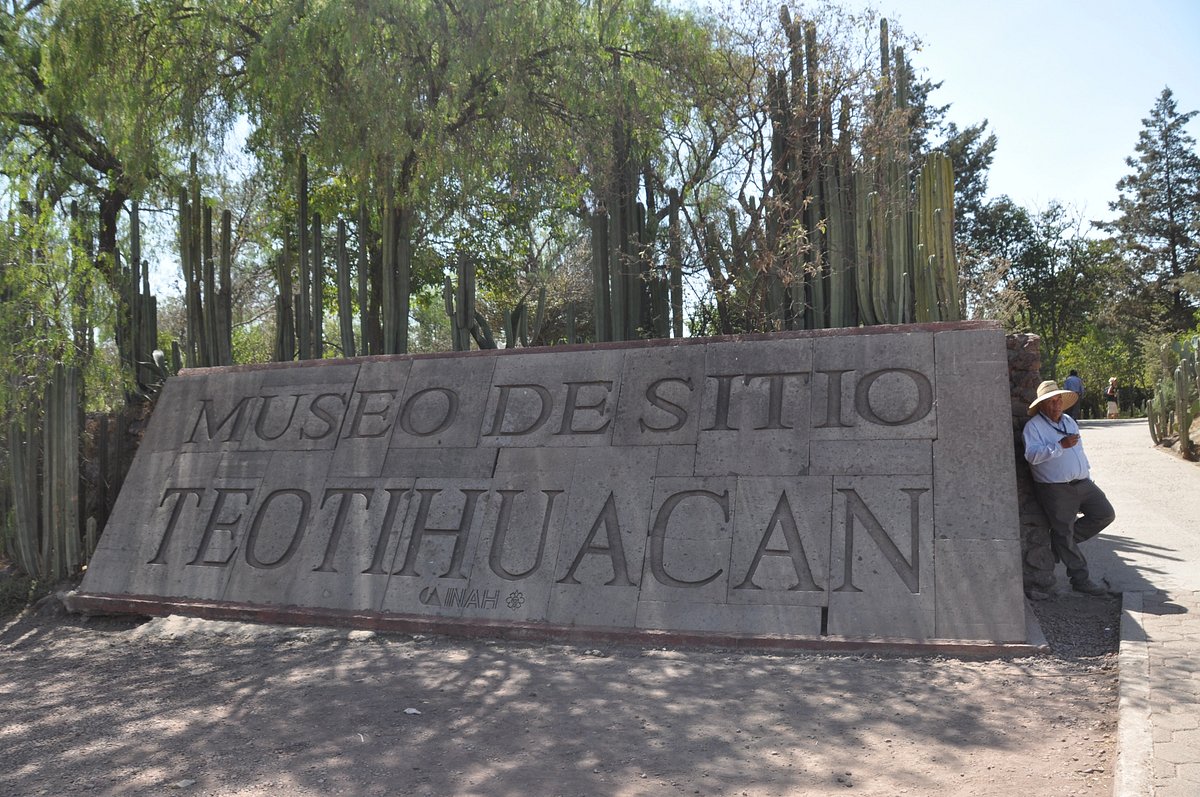
Tripadvisor
In this Museum, there are virtual reality representations of how the city of Teotihuacán looked in the past. Also, you can find pieces found in the excavations and samples of the beliefs and rites practiced in this place.
Museum of Teotihuacán Murals

Tripadvisor
In this Museum, you will understand more about Teotihuacán. The Museum was created in collaboration with the Autonomous University of Mexico to spread the artistic richness of Teotihuacán. It houses an extensive collection of archaeological pieces such as carved stone, ceramics, and obsidian. You can also find mural fragments, models, and texts that explain the process of elaboration of the mural painting.
journey




